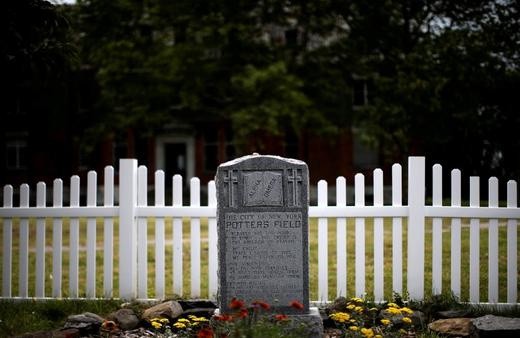The Harsh Truth about the Native American Thanksgiving Day

During noontime on Thanksgiving Day, Native Americans and their associates will join above Plymouth Rock, beside the Massasoit statue. Massasoit was the chief of the Wampanoag Indians when the travelers had arrived in the area in the year 1620.
This gathering will not primarily be to celebrate, but instead the memorial of the National Day of Mourning which had been observed for fifty years by the native community.
According to United American Indians of New England's co-leader Moonanum James, on Thanksgiving Day, the people remember their ancestors who lost their lives from the hands of European explorers like the Pilgrims. He even includes in his statement that it is not a day for saying thanks and not a day forgiving.
To the Native Americans, Thanksgiving Day is not the same on how it is celebrated throughout the United States of America. Not only in the aspect of the food being served, but also the meaning of the celebration.
Before the colonist came to the lands of America, Native Americans had been celebrating feasts for a good harvest. Many groups of people will gather to prepare and share meals during that time for being thankful for the gift of life and nutrition.
The majority of the tribes do not name the feast as a holiday.
Tribe children learn of the story of the beginning of the Thanksgiving Day celebration in school. They are also educated on the violence suffered by their ancestors from European travelers during that time.
It was assured that the children of these tribes have a deep understanding of what happened during that time. Majority of the schools in the country sugarcoats the story and does not tell of the suffering and slavery experienced by the Native American during that time. Some say that the harsh truth should be kept from being taught in school for its high content of intense violence. But to some, children must know the truth. The way the story is told to them should be in a manner that is appropriate for their level of intellectual capabilities. It damages their knowledge to let them study unreal myths.
The first-ever celebration of the National Day of Mourning had started in September of 1970. This was during the speech of Wamsutta Frank James for the celebration of the arrival of the pilgrims in 1620. It was its 350th anniversary. When those in charge of the event checked and rejected his speech, James had declined to deliver a different speech. After the publication of the undelivered speech of James, the National Day of Mourning was born.
The National Day of Mourning is the day to remember the death of those ancestors lost during the arrival of the European pilgrims. It is a day to commemorate the suffering of the Native people upon the arrival of the pilgrims. It is a day for the people of today to spiritually connect with their departed ancestors who had suffered from racism and cruelty from the pilgrims. It is a day for them to remember the intense attempt of the pilgrims in attacking their Native American culture and traditions.
This year's celebration will be geared towards the indigenous female groups who had been victims of violence and death, abused immigrants, and separated migrant families.
Subscribe to Latin Post!
Sign up for our free newsletter for the Latest coverage!

















